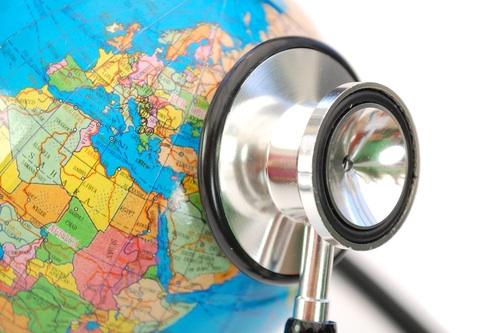
Yesterday, an engineering firm that consulted on the Interstate 35W bridge that collapsed in Minneapolis in 2007, killing 13 and injuring 145 others, agreed to pay out $52.4 million to the victims. The company, URS Corp, did not admit any liability for the disaster, but the plaintiffs’ attorney believes the company agreed to a settlement because it “is a much swifter resolution than facing a jury trial, and it concludes the last remaining legal obstacle,” said Chris Messerly, an attorney with Robins, Kaplan Miller & Ciresi, the law firm representing the plaintiffs.
URS added its own rationale in the following statement, despite the state of Minnesota’s presentation of evidence noting that URS classified the part of the bridge that failed as in “good condition” and that a failure would not be “catastrophic,” according to the Business Journal of Milwaukee.
“URS was not involved in the design or building of the bridge, nor was it involved in any of the later construction work, including the resurfacing work being done when the bridge collapsed. URS believes it is in the best interest of the company and its shareholders to resolve this matter and avoid the cost and distraction of protracted litigation.”
In addition to all the tragedy and legal fights the collapse caused, there was one positive result: it provoked a renewed interest in the nation’s deteriorating infrastructure.
In the weeks and months that followed, many politicians, publications and other media outlets highlighted the “structurally deficient” or “functionally obsolete” grades that inspectors gave more than 150,000 American bridges in recent years. The more and more reports that surfaced (like this, this and this), the more it seemed that those driving on U.S. highways and byways were putting themselves at risk every time they traversed a body of water.
Today is an apropos time, then, to point out the tremendous work being done to rebuild the route between San Francisco and Oakland. The Bay Area is building a new, earthquake-resistant bridge to replace the damaged portion of the San Francisco-Oakland Bay Bridge.
More than 250,000 vehicles pass over this bridge every day, carrying people and freight between San Francisco and the east side of the bay. You can’t exactly ask that much traffic to wait patiently while you tear down the existing bridge and replace it with a new one.
Complicating matters is the fact that the San Francisco Bay Area is one of the most seismically active regions of the United States. Any bridge built here has to be able to withstand a massive quake — since some big shaker is almost certain to hit sometime during the bridge’s expected 150-year lifespan.
In fact, engineers are designing the new Bay Bridge segments to withstand the largest earth movements predicted for the next 1,500 years. The specifications call for the bridge to be open to traffic within hours after such a massive quake, with minimal repairs required.
Many have noted that renovating all the nation’s bridges would be such an expensive undertaking that it is unfeasible. Well, the endeavor currently going on in the Bay stands it sharp contrast to such criticisms, rightly bringing safety, innovation and public trust back to the forefront of bridge construction.
For more on the current state of the construction, check out this great video from Wired. Of the “only about 20” self-anchored suspension bridges that exist in the world, it tells us, this will be the largest.
And also the safest.
“These aren’t small earthquakes that we’re designing for,” said Bart Ney, public information officer for the California Department of Transportation in the video. “These types of earthquakes that we’ve designed this bridge for will potentially level the surrounding areas’ international airports. So we’ve built this bridge to a ‘lifeline criteria’ that basically states that not only will it not fall in the water, but after a massive-level earthquake, it will stay up and be immediately available to emergency services … This bridge is designed to last twice as long as any normal bridge you would build in the United States today.”


